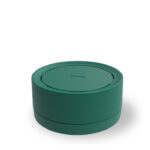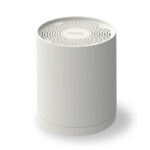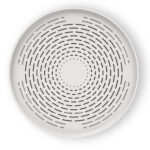Extreme heat and excess humidity: fight indoor pollution to protect your well-being

Interaction between heat and indoor pollution

Heat and indoor pollution are two interconnected issues that affect the quality of life in homes and work environments.
During periods of intense heat, high temperatures can have adverse effects on human health, increasing the risk of heat stroke, dehydration, and aggravating respiratory and cardiovascular conditions.
Indoor pollution is represented by the presence of pollutants inside buildings, such as volatile organic compounds (VOCs), emitted by detergents, furniture and plastics, fine dust, from daily activities, cooking fumes or construction materials, bacteria and viruses: which can proliferate in poorly ventilated and rather polluted environments.
In turn, heat can aggravate indoor pollution conditions, contributing to an increase in the concentration of pollutants: as the air heats up, pollutants can become more concentrated.
Very high temperature and excessive humidity can promote mold growth by creating an environment conducive to the proliferation of fungi and bacteria.
Preventive measures

To reduce the negative effects of heat and indoor pollution, certain measures can be taken, such as choosing the use of eco-friendly materials, then low-VOC-emitting paints and products, keeping clean rooms alive to reduce dust and allergens, and constantly monitoring the air quality trends inside your home.
Check out Radoff’s solutions to stay on top of what you breathe inside your living spaces:
If you have a business and want to protect the health and well-being of your employees and customers, contact us to get a customized solution tailored to your business sector.
Contact: info@radoff.life







